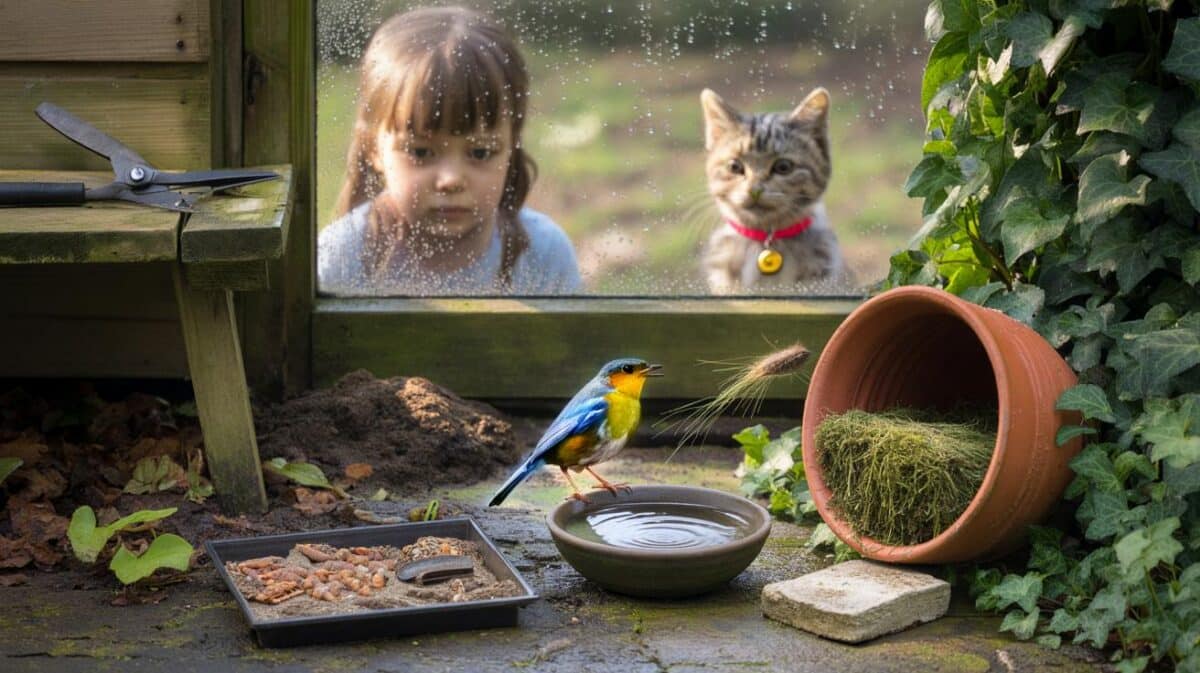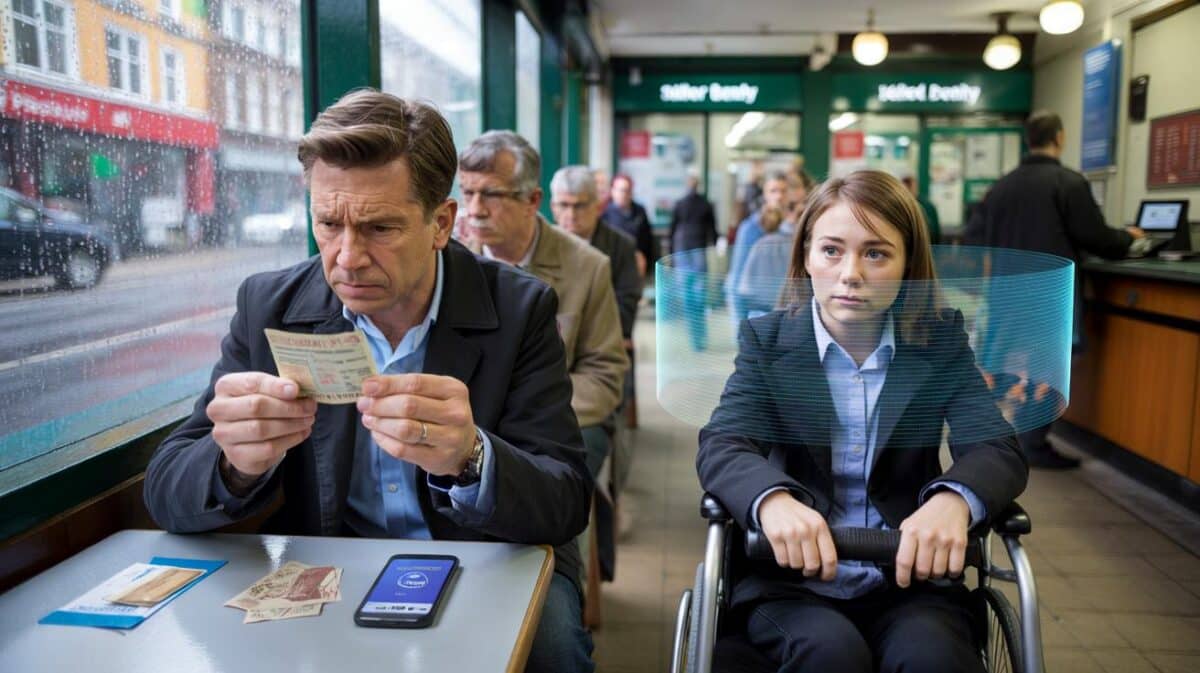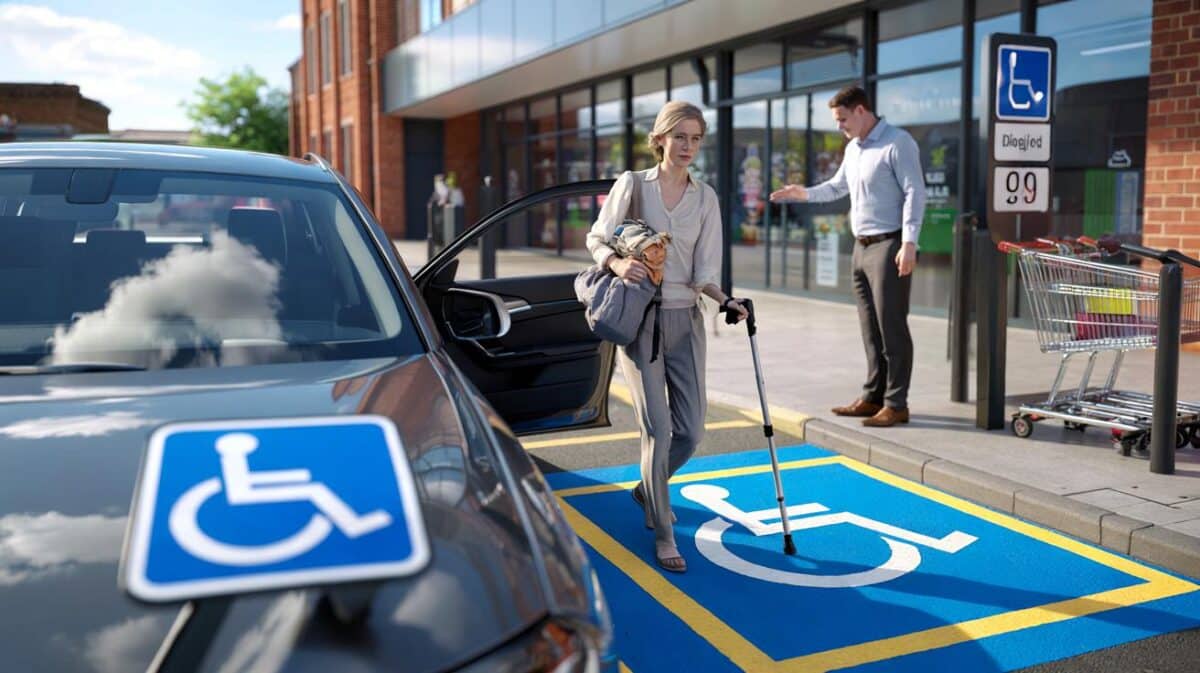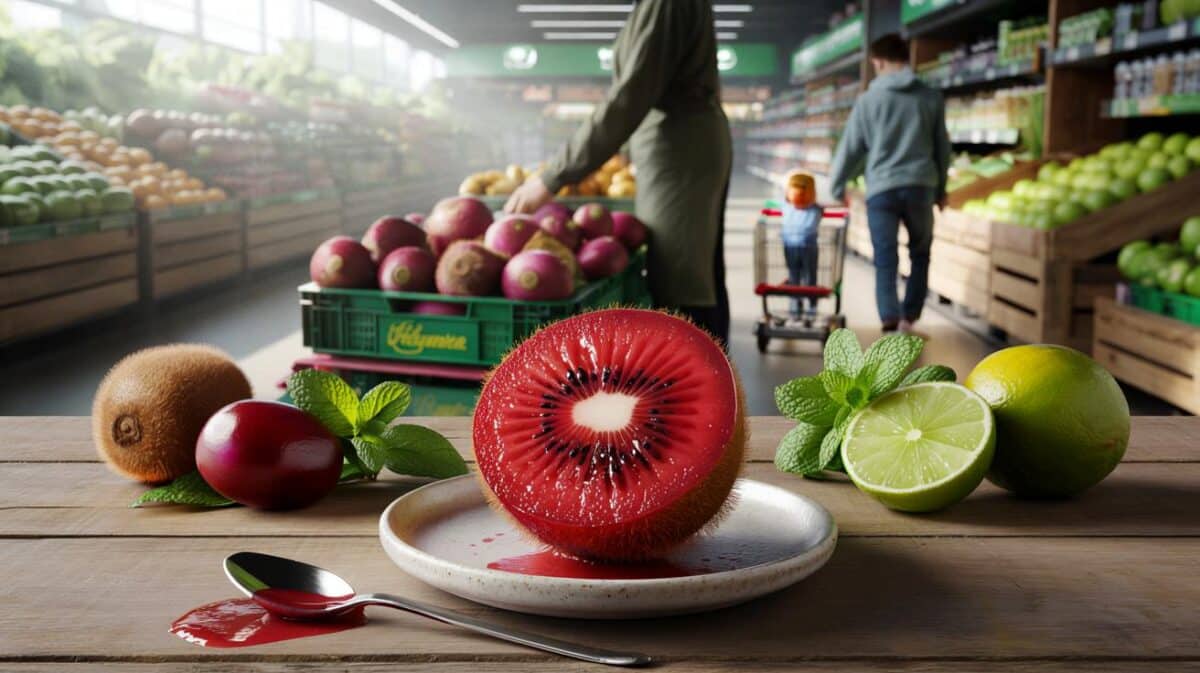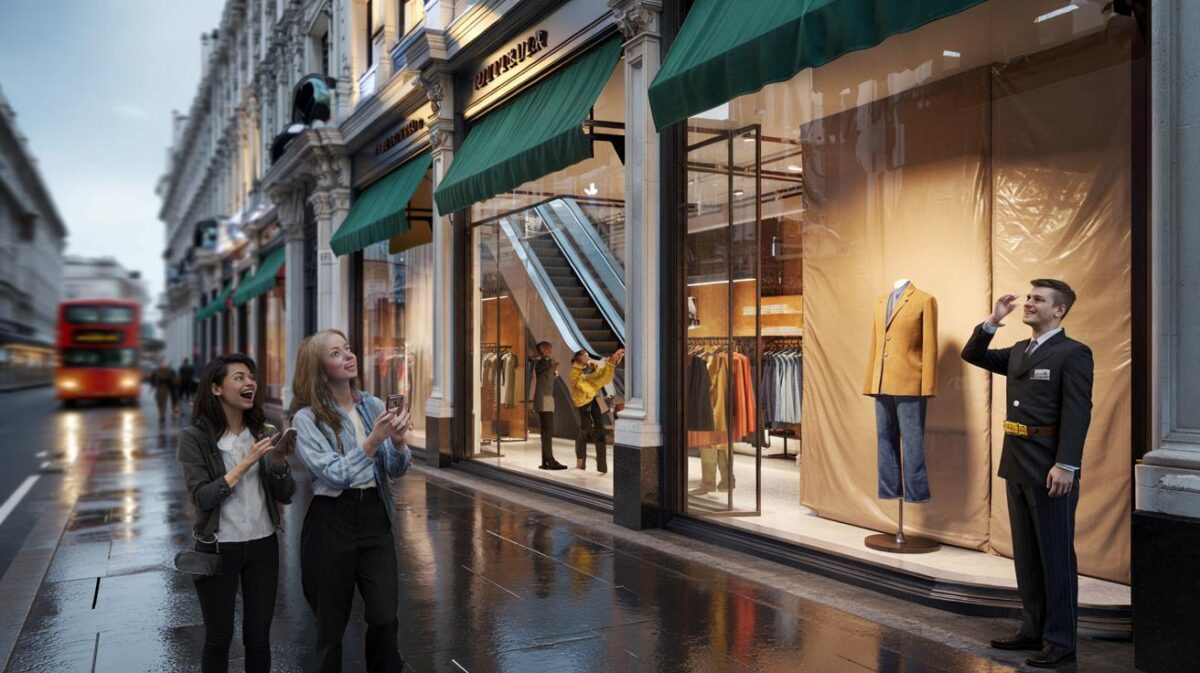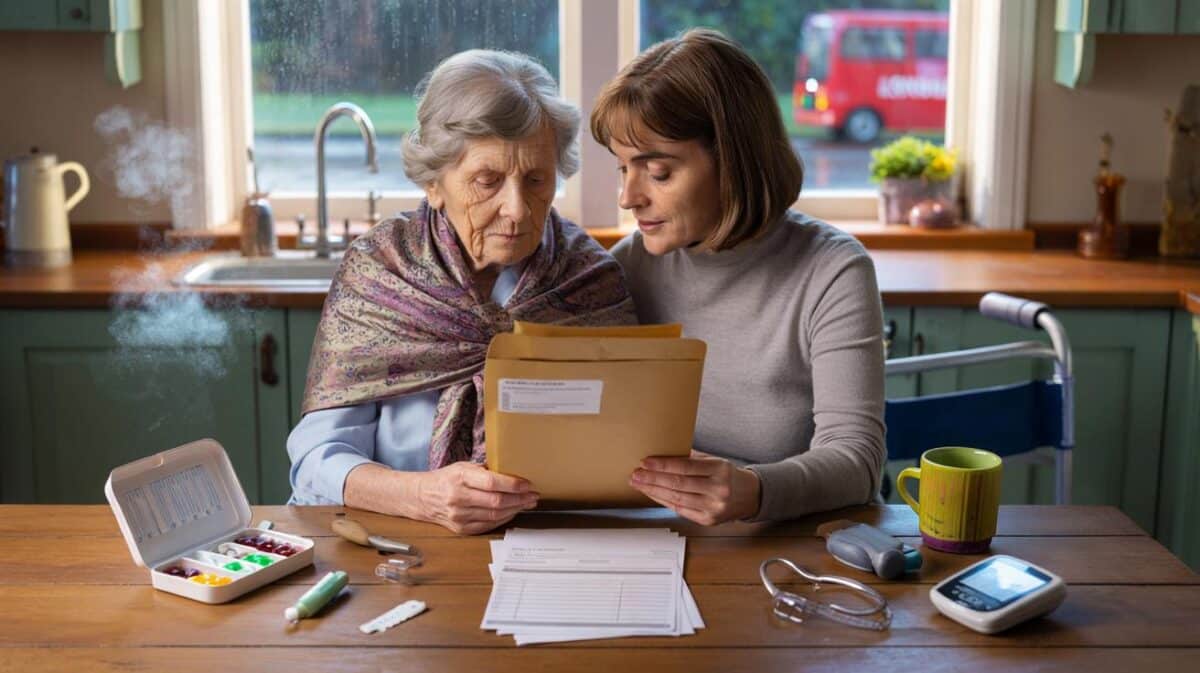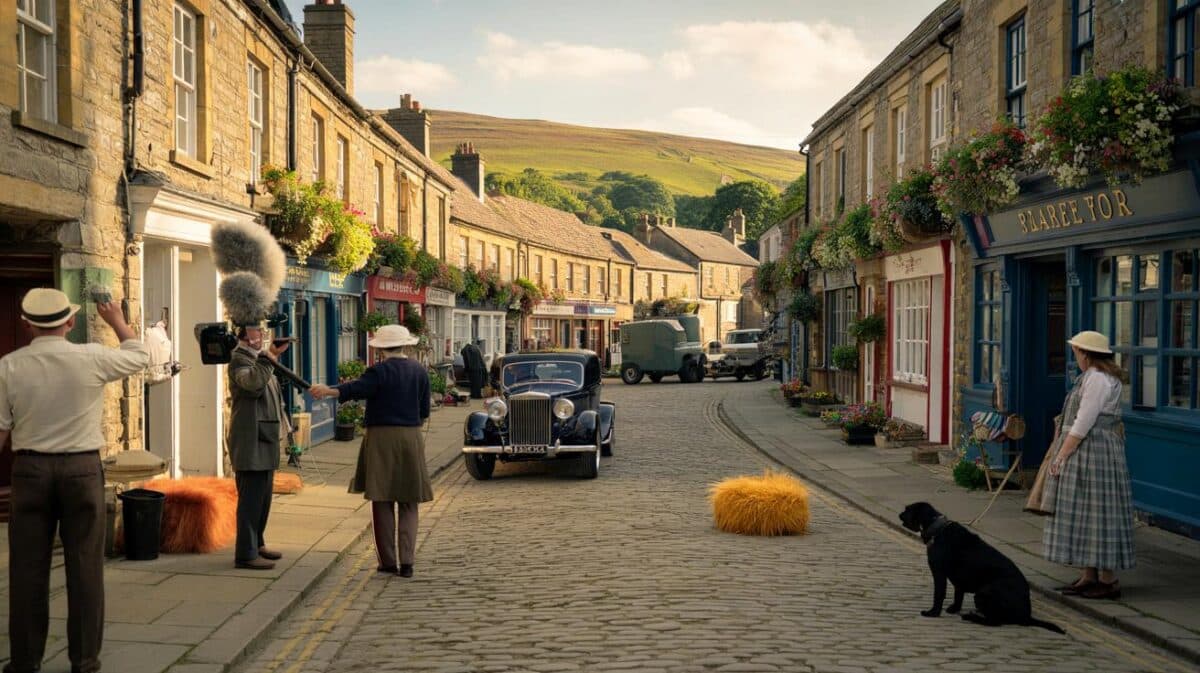Some coastal places feel staged. This one feels lived-in. While so many British high streets are hollowing out, this car-free village on the North Devon coast still clinks, chatters and trades from morning to dusk. Whitewashed cottages lean into a cobbled street that falls like a river to a tiny harbour, and shop shutters rise with the gulls. At low tide, lobster pots are stacked like Lego; at high tide, the quay becomes a stuccoed stage of light. People come for the picture. They stay because the place keeps surprising them.
The village lay below me, its **car-free cliffside main street** striping down to a harbour as neat as a postage stamp. A man with a sack of flour passed, led by a small terrier who clearly ran the place. Doors opened. The day unfurled.
Cobbles underfoot, salt on the tongue, you feel time loosen here. A woman in a blue apron chalked “fresh crab sandwiches” onto a signboard, and the letters blurred with sea spray. A slate roof ticked in the weak sun. The harbour wall, ancient and stubborn, held it all like a cupped hand.
One bell chimed from the chapel behind me. The sound fell down the street and into the water. Something about this village makes people speak more softly. Maybe it’s the gradient. Maybe it’s the way the tide answers back. Either way, you sense a story. A good one.
And there’s a twist.
The village where the high street still hums
At first glance, the main street feels impossibly steep, like a stairway to the sea. Yet every few doorways there’s life: a cobbler burnishing leather, a fudge maker stirring a copper pot, a gallery hanging new seascapes. No roaring traffic, no delivery lorries, just footsteps and hand-drawn sledges shuttling crates down to the quay. The air smells of rope and coffee. It shouldn’t work. It does.
Down near the bottom, I watched a young fisherman unload a crate of crab as schoolchildren peered over the harbour wall. He grinned, waved a claw, and a ripple of laughter ran across the quay. A few doors up, a weaver teased colour through a loom while visitors stood quiet as if in a library. We’ve all had that moment when a place tilts you back into your senses. It happens here, on repeat. The high street isn’t just surviving. It’s trading stories alongside scallops.
Why does it thrive when so many others fade? The village is privately owned, which makes it curated without feeling controlled. Rents are balanced to keep craft alive, and the car ban means footfall moves at walking speed. People look in windows because there’s time. Owners live above their shops, so they greet you like neighbours. Tourism helps, yes, but it’s the daily rhythm that anchors it: boats out, bread baked, rope knotted, shutters lifted. The result is a loop of attention and affection.
That harbour everyone photographs (and still can’t quite capture)
Stand on the cobb and the harbour shrinks the world in the best way. The curve of stone, buttered with seaweed. The boats bobbing, ropes humming, a gull arguing with its own beak. It’s not a grand marina; it’s a **pocket-sized harbour** that edits your gaze and gives you a frame. Early light here is theatre. Late light too. One step left and you’ve made a postcard. One step right and you’ve made a memory you won’t delete.
Come at low tide and you’ll smell the sweet-ferrous tang of kelp. Come at high tide and the water laps the bottom stair of the quay like a cat at a saucer. A couple sat on a bench sharing a paper-wrapped pasty while a cormorant dried its wings on the bollard beside them, unbothered. I caught myself thinking how ordinary it all looked, and how that’s the magic. The **hand-to-mouth fishing past** is still visible, but the present is warm, unshowy and very much alive.
This might be Britain’s most photographed harbour, not because it is perfect, but because it has edges. The stones are nicked and the paint flakes where the wind licks. There’s no neon, no gloss, no steel and glass. The view holds because the village keeps its promises: no cars, no chain shops, no rush. Even the RNLI station sits with quiet pride, a reminder that pictures are lovely and the sea is a working neighbour. That tension gives the place grit. Grit gives it grace.
How to experience it like a local (and not sprain an ankle)
Arrive early, park at the visitor centre, and walk down before the main swish of cameras. Good shoes matter more than any accessory. Pause at the donkey stables; they don’t haul loads anymore, but they remain the village mascots. Follow the cobbles all the way to the quay, then loop back via the woodland path to give your knees a breather. If you’re hungry, the crab sandwiches from the harbourside café are as honest as they come. And if the sun’s out, sit on the wall and let time wobble.
Don’t try to do it all in an hour. This is a place that rewards loitering. The common misstep is rushing straight to the sea, snapping three shots, then panting back uphill. Sip something. Watch someone tie a knot properly. Let the wind make your hair ridiculous. Soyons honnêtes : personne ne fait vraiment ça tous les jours. I mean it. The whole point is to slow down, which is harder work than it sounds. It’s lighter work when you give yourself permission.
Locals will tell you the village isn’t a museum. It’s a living slope that happens to be photogenic. Listen for the soft percussion of halyards on masts when the breeze picks up; that’s the soundtrack you’ll remember.
“We don’t want to be a theme park,” said Anna, who runs the little bakery halfway down. “We bake because people eat, the boats go out because we like to eat, and the shops make because making keeps your hands honest.”
- Best light: an hour after sunrise and the last hour before sunset.
- Footwear: grippy soles, not fashion trainers.
- Low-cost joy: RNLI donation box and a bench by the capstan.
- Photo tip: step back from the harbour wall and frame with the cottage eaves.
- Rain plan: the Fisherman’s Cottage museum and a hot chocolate under the eaves.
The feeling you carry home
Some villages are pretty and forgettable. This one gets under your skin because it asks you to meet it halfway. No cars. No shortcuts. No escalators back to the top. You earn the view by walking towards it, and that small effort flicks something in your head from passive to present. There’s also kindness in the pace. People talk because they can hear themselves think. Strangers share weather notes. A shop bell rings and time rings with it.
The harbour is just the harbour, and yet it’s also a mirror. You see your day sharpen when the water blues, or when a cloud throws a hand of shadow across the quay. The thriving high street isn’t a miracle; it’s a choice repeated by dozens of people, most of whom you’ll never know. They’ve stacked their skills like those lobster pots, ready to use again tomorrow. And yes, you can take a thousand photos. The one you’ll remember is the one in your ribs.
| Key point | Detail | Interest for readers |
|---|---|---|
| Car-free character | Cobbled main street descending to the harbour; deliveries by hand sledge | Distinctive feel and slower pace for strolling and browsing |
| High street that trades | Independent makers, bakery, galleries, lifeboat station nearby | Authentic encounters, not a clone-town strip |
| Photogenic harbour | Curved cobb, bobbing boats, tidal mood shifts | Memorable photos and moments at different times of day |
FAQ :
- Where exactly is this village?On the North Devon coast, tucked between Bideford Bay and Hartland’s wild headlands.
- Is there an entry fee?Yes, visitors pay at the top for village maintenance and facilities; it keeps the place cared for and car-free.
- What about accessibility?The slope is steep and uneven. There’s a Land Rover service for the return trip, and the woodland route is kinder on knees.
- When’s the best time to visit?Early morning or late afternoon on a weekday. Spring and autumn offer gentler light and fewer crowds.
- Can I bring my dog?Dogs on leads are welcome. Bring water and mind the paws on warm, sun-baked cobbles.


